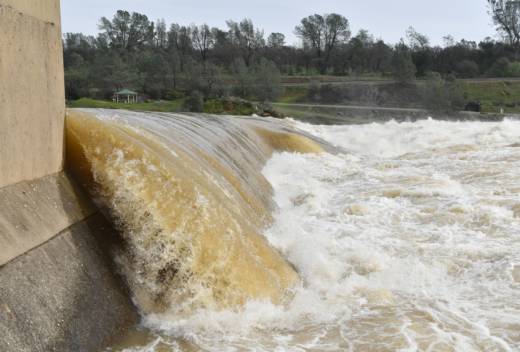If you're an inveterate rain watcher, or almost any other kind, you've probably read somewhere that an important index of Northern California precipitation has set a new record.
The name of that somewhat arcane statistical measurement, a product of the California Department of Water Resources, is the Northern Sierra Eight-Station Index.
On Thursday, the index hit an all-time high -- 89.7 -- exceeding the mark of 88.5 set in the rainy season of 1982-83. On Friday, the index stood at 90.2, and, with more wet weather certain to visit the North State, that number will continue to rise.
We've seen lots of references to the index this season, though no explanation of what it actually represents. Is it a simple mean of the eight stations? Or is there some sort of algebraic voodoo thrown in to flummox D students?
Doug Carlson, a DWR spokesman, answered the question this way: "Every day, the accumulated precipitation among the stations is totaled up, and then divided by eight."
